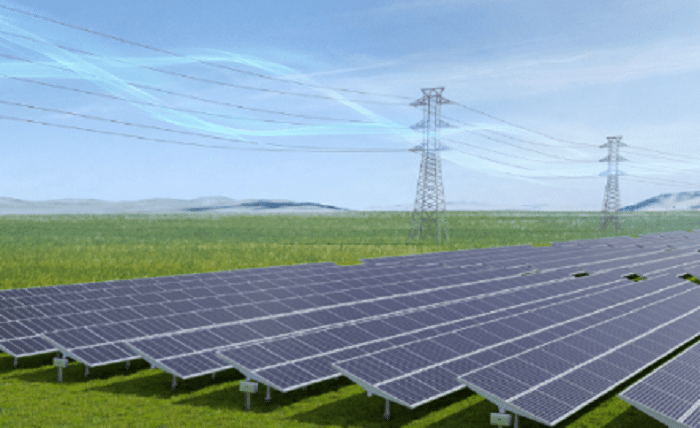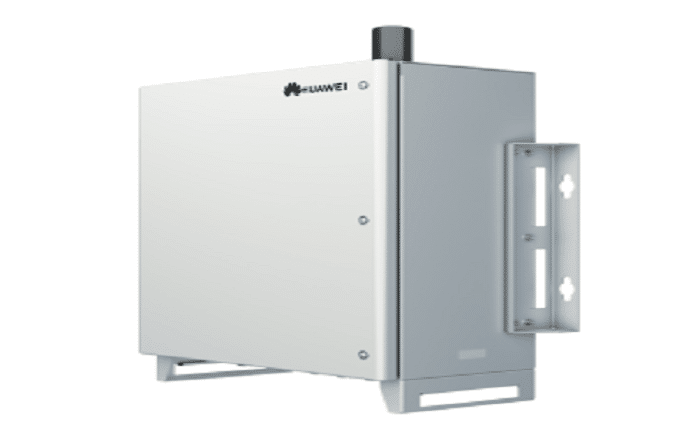Unlocking the Power of Energy Storage for Peak Demand Management

In the dynamic landscape of energy consumption, managing peak demand has become a crucial challenge for utility providers worldwide. As our reliance on electricity grows, the strain on existing power infrastructure during peak hours poses a significant threat to grid stability. However, emerging technologies, particularly energy storage systems, offer a promising solution to optimize peak demand management. The study looks at the potential for energy storage to alter how energy networks function in the future.
The Rising Challenge of Peak Demand
The surge in peak electricity demand due to smart devices, electric vehicles, and industrial machinery poses a significant challenge. Historically, meeting peak demand required costly infrastructure development, including constructing new power plants. However, energy storage emerges as an agile and efficient alternative. Storing excess energy during low-demand periods provides a responsive solution without extensive infrastructure expansion, offering a more cost-effective and timely approach to managing the escalating challenge of peak demand.
Types of Energy Storage Technologies
A thorough understanding of the many technologies available is necessary to comprehend how energy storage may change peak demand management. Every technology, from lithium-ion batteries to pumped hydro storage, has its own pros and disadvantages. Exploring the various energy storage possibilities enables the development of customized solutions based on unique grid needs and geographical factors.
Smoothing Peaks with Battery Energy Storage
Battery energy storage systems (BESS) have gained prominence for their ability to charge and discharge electricity rapidly. During periods of low demand, excess electricity is stored in batteries. When demand peaks, these stored electrons can be quickly released, smoothing the fluctuations and ensuring a stable power supply. This flexibility enhances grid reliability and reduces the need for costly infrastructure upgrades.
Pumped Hydro Storage for Long-Term Stability
While batteries are excellent at storing energy briefly, pumped hydro storage offers a solution for longer periods. This system uses extra power to pump water to a higher reservoir during low demand. The stored water is released to produce power when the market is at its highest. Pumped hydro storage is a potential energy reserve, providing continuous power delivery during prolonged peak times.
Integrating Renewables and Storage
A major part of the energy-generating mix includes solar and wind energy. However, it is difficult to fulfil peak demand continuously because of their sporadic nature. Energy storage fills this gap by storing extra renewable energy produced under favourable conditions and releasing it at peak demand. A cleaner and more sustainable energy infrastructure may be built faster because of the synergy between renewable energy sources and storage.
The Role of Advanced Grid Management Systems
Integrating advanced grid management systems is essential for achieving the best peak demand control through energy storage. With machine learning algorithms, these systems use advanced analytics to examine massive databases and precisely forecast complex demand patterns. Real-time monitoring further improves responsiveness by enabling prompt modifications in response to the changing energy situation. Beyond storage capacity, energy storage and intelligent grid management work together to ensure that stored energy is strategically released to meet demand surges. This exact optimization of storage dispatch is made possible by this synergy. This coordinated strategy increases the effectiveness of peak demand response systems and offers a flexible and dynamic response to the challenges of contemporary energy use.

Conclusion
In improving peak demand management, energy storage is a key component. Storage technologies provide a flexible and scalable answer for contemporary grids, from reducing the difficulties of peak demand surges to smoothly integrating with renewable energy sources. There is a technological and strategic need to embrace energy storage to create robust, sustainable, and adaptable energy infrastructures as we traverse the complexity of a constantly changing energy landscape. Peak demand won’t be a problem in the future; instead, it will present an opportunity for energy efficiency and innovation because of the synergy between energy storage, renewable energy, and improved grid management technologies.




